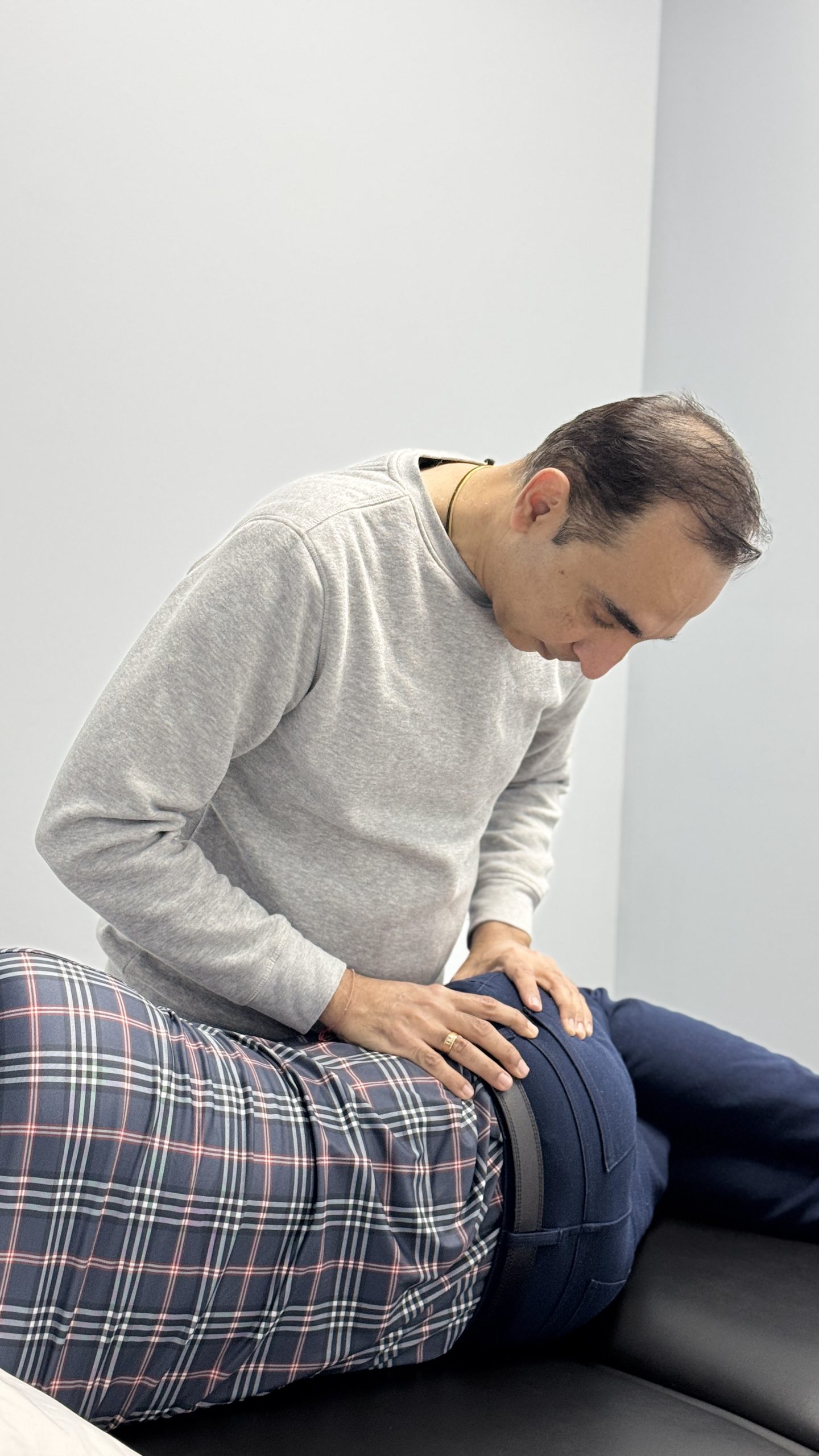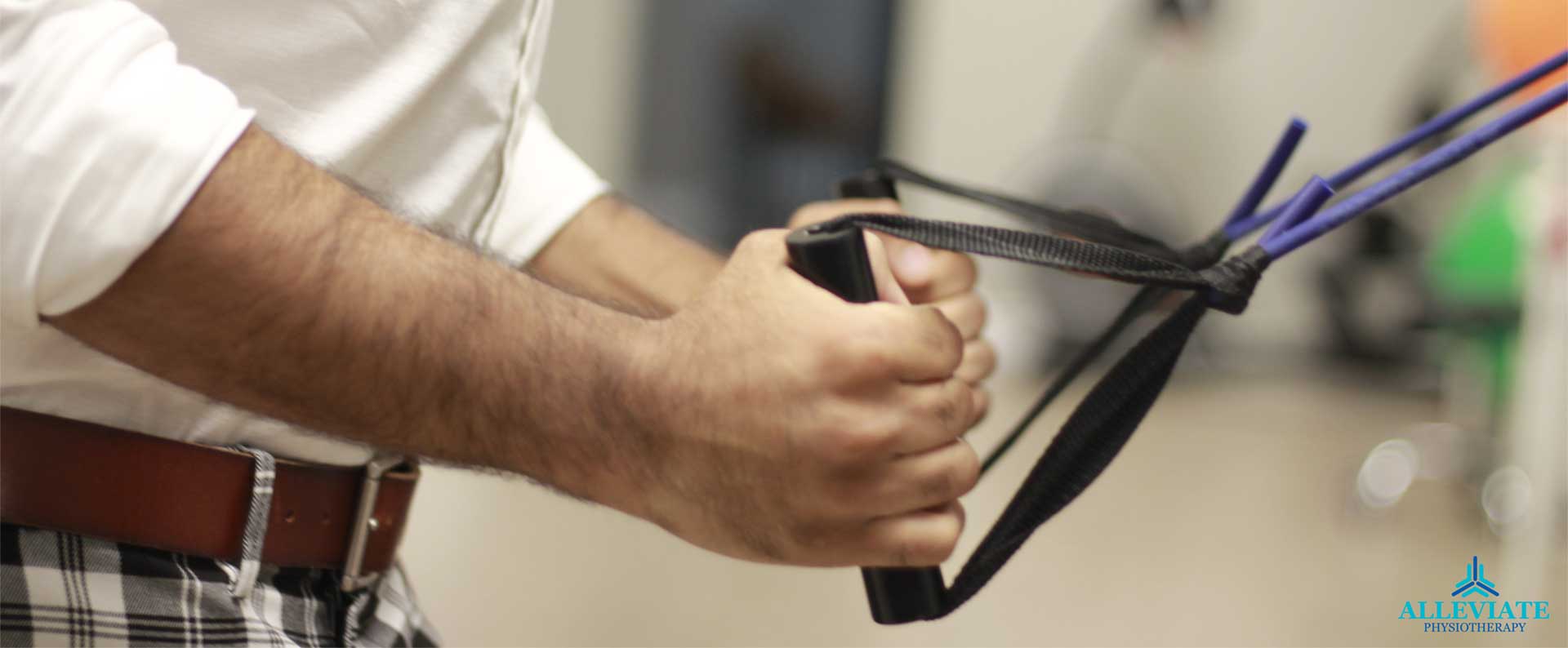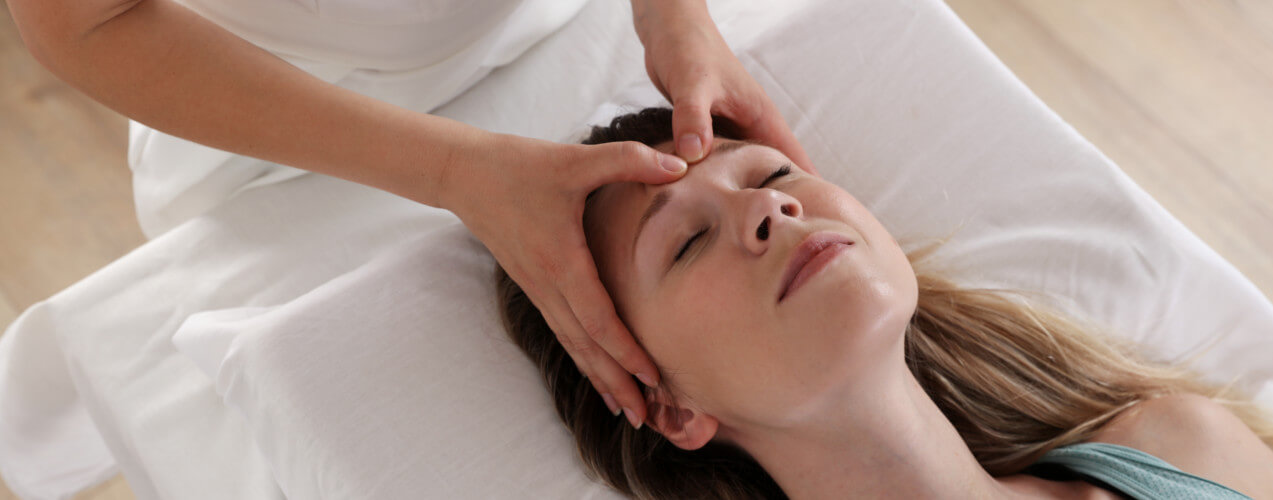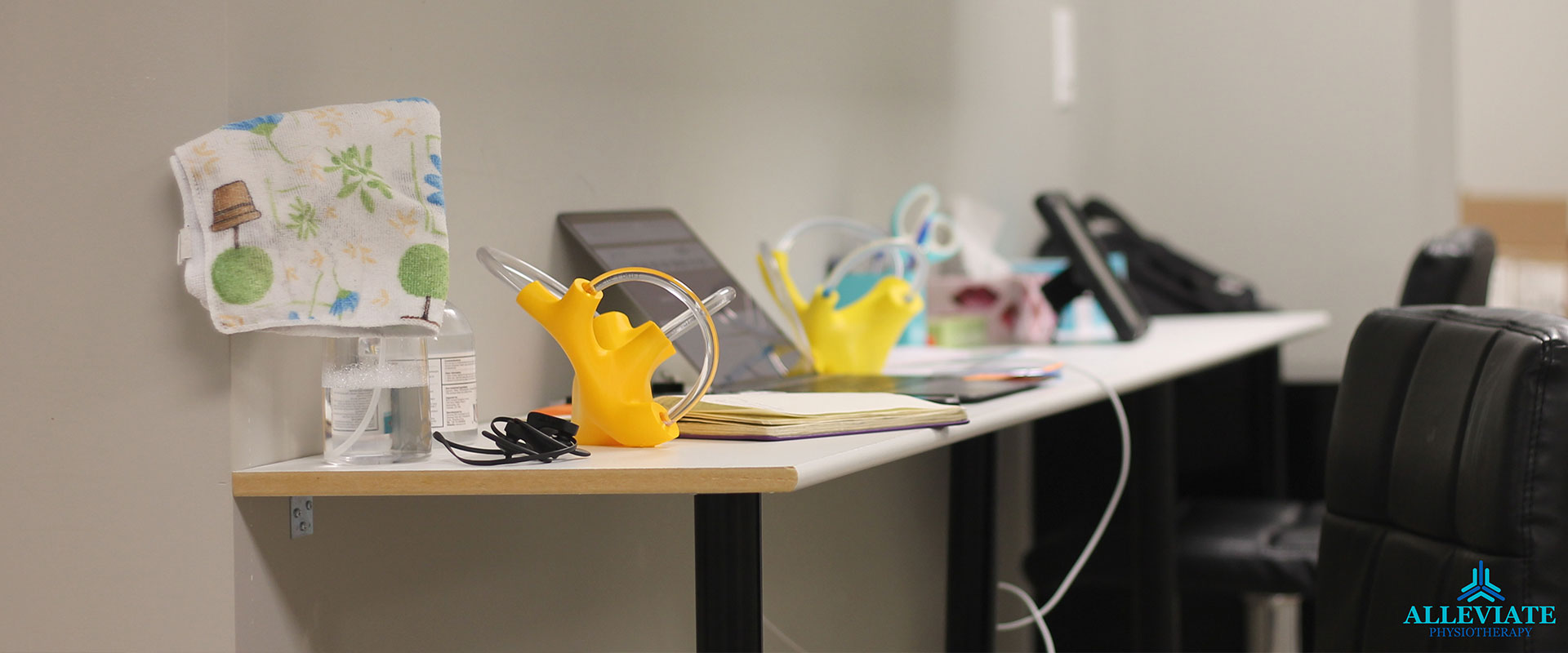Dry Needling
Alleviate Physiotherapist is a leading Dry Needling service provider in Etobicoke and Mississauga
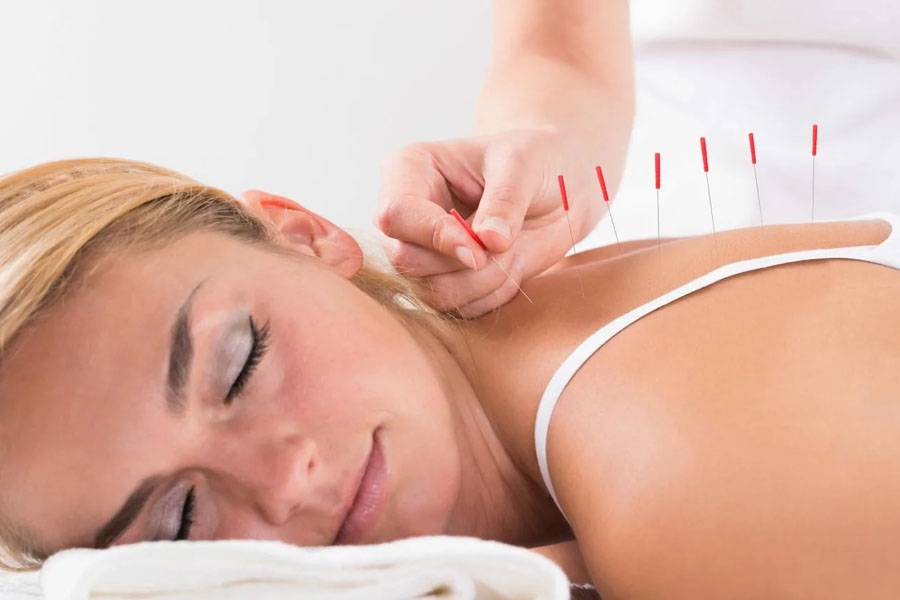
Dry Needling
Have chronic pain or stiffness? Do headaches keep you up at night? Look no further, because Alleviate Physiotherapy is one of Toronto’s Top 5-Star Rated Physiotherapy Clinics, located near you at Mississauga and Etobicoke.
Our expert therapists are trained in Acupuncture and Dry Needling and can provide you with a comprehensive wellness plan that is tailored to suit your mobility or pain free living needs.
What symptoms does it heal?
Dry needling can be used to treat a variety of symptoms associated with musculoskeletal conditions, including:
- Pain: Dry needling can be used to reduce pain caused by muscle tension and trigger points.
- Muscle stiffness: Dry needling can be used to release tension in the muscles, which can improve flexibility and range of motion.
-
Headaches: Dry needling can be used to release tension in the muscles of the head and neck, which can help to reduce the frequency and intensity of headaches.
Read more about headaches. - Weakness: Dry needling can be used to improve muscle function by releasing tension and promoting blood flow to the area.
- Numbness or tingling: Dry needling can be used to improve nerve function by releasing tension in the muscles and surrounding tissues.
- Fatigue: Dry needling can be used to improve muscle function and reduce pain which can lead to fatigue.
- Reduced range of motion: Dry needling can be used to improve range of motion by releasing tension in the muscles, tendons, and other soft tissues.
What conditions can be treated with Dry Needling?
Dry needling can be used to treat a variety of musculoskeletal conditions, including:
- Myofascial pain: Dry needling can be used to release muscle tension and trigger points, which can cause pain and discomfort.
- Tendinitis: Dry needling can be used to decrease inflammation and reduce pain associated with tendinitis.
- Headaches: (Cervicogenic headache) Dry needling can be used to release tension in the muscles of the head and neck, which can help to not only reduce frequency and intensity but to eliminate the headaches overall.
-
Back pain: Dry needling can be used to release tension in the muscles of the back and improve mobility.
Read more about Back Pain. - Tennis elbow: Dry needling can be used to release tension in the muscles of the forearm and elbow, which can help to reduce pain associated with tennis elbow.
- Plantar fasciitis: Dry needling can be used to release tension in the muscles of the foot and heel, which can help to reduce pain associated with plantar fasciitis
Since dry needling is not suitable for all patients, especially for those with bleeding disorders, skin infections, or who are pregnant. It's always best to consult a top physiotherapist near you to determine if dry needling is appropriate for your specific condition.
How do Physiotherapists perform Dry Needling procedure?
Our physiotherapists are trained in Dry Needling, and we use thin, solid filament needles to stimulate specific points on the body known as trigger points or myofascial points. These points are usually located in tight bands of muscle or fascia and can be painful when pressed.
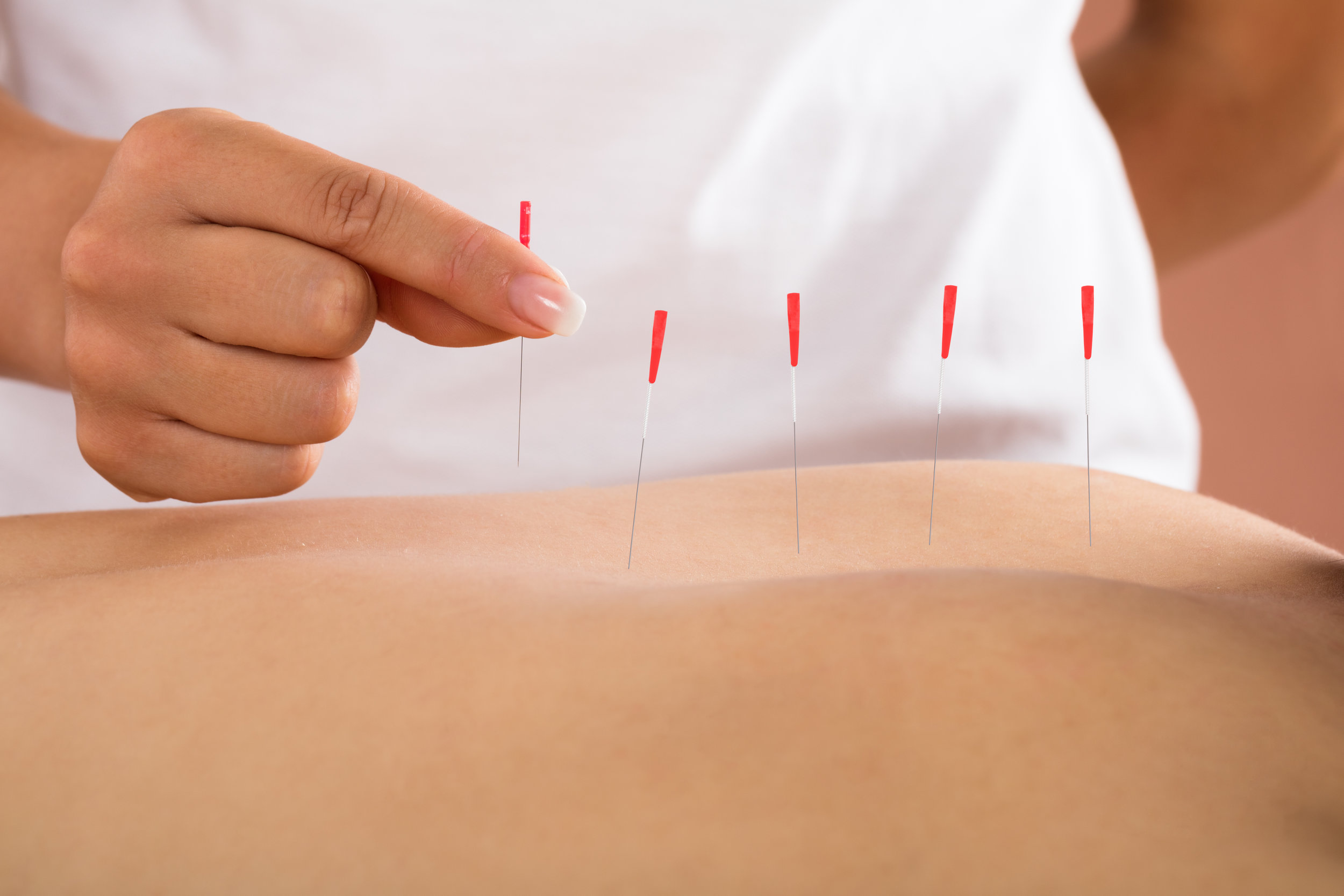
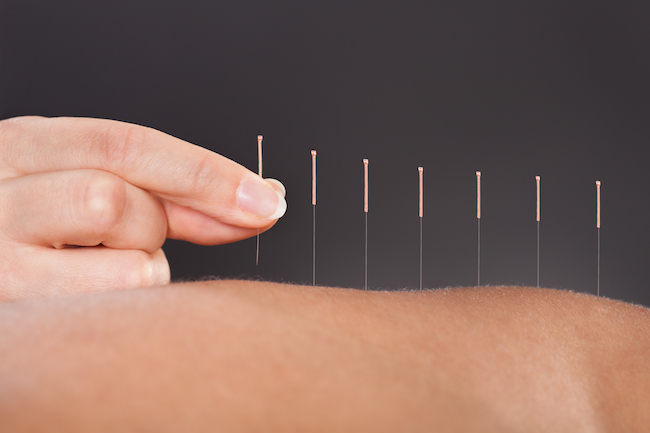
What is the process of Dry Needling?
The process of dry needling usually begins with a thorough assessment of the patient's condition and medical history. The therapist will then locate the trigger points and insert the needles into the skin at those points. The needles may be left in place for anywhere from a few minutes to several minutes, depending on the condition being treated and the patient's response.
The therapist may manipulate the needles manually or use electrical stimulation to enhance the effects of the treatment. Some patients may feel a mild discomfort or a twitch response when the needles are inserted, but most do not experience any significant pain.
After the needles are removed, our trained physiotherapists also perform other forms of manual therapy such as massaging to enhance the treatment effect.
It's important to note that Dry Needling is a technique that requires proper training and certifications. Our physiotherapists are trained in the use of needles and understand the anatomy and physiology of this technique. We also adhere to strict safety guidelines and follow all sterilization procedures to minimize the risk of infection.
We at Alleviate Physiotherapy believe in a well-rounded treatment protocol and believe that all our clients should achieve their goals of pain free living.
Have more questions?
- 10 MIN PHONE CONSULT
Have Further Questions? Let Our Experts Alleviate That.
Let us help you with our Risk-Free Consultations
For your convenience, our free 10-minute phone consultation will allow you to ask us more specific questions you may have or discuss any additional concerns.
By the end of our risk-free consultation, you’ll be able to decide whether you should take the next step. Please contact our office to set up a 10-minute no-obligation call with one of our expert Therapists.
Feel free to discuss with us your specific health & wellness concerns or to see if we’re a good fit without putting any money down. No obligations. Fill out the form here.
Related Therapists




Other Services
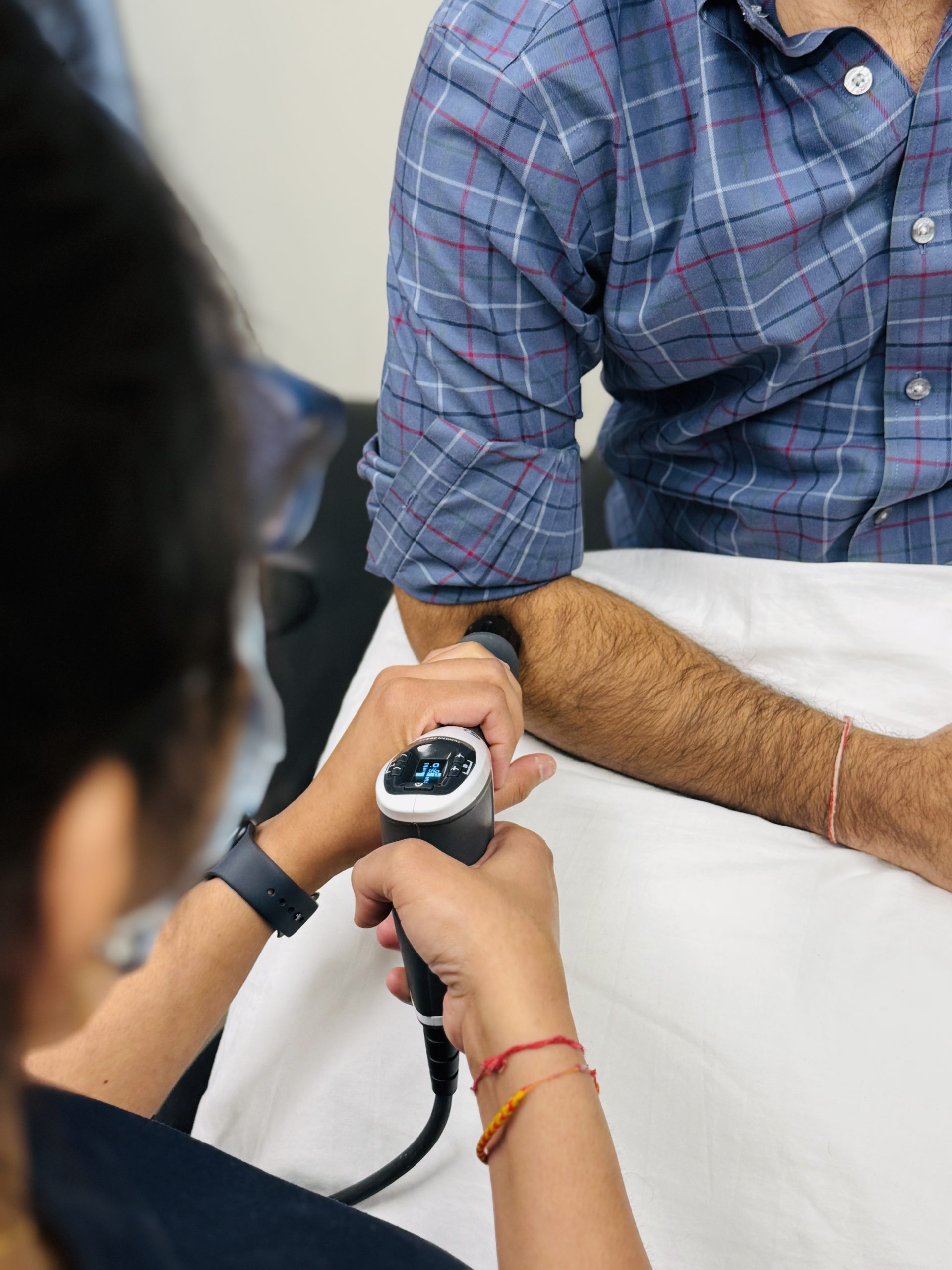
Shockwave Therapy
Shockwave therapy is a multidisciplinary device used in orthopaedics, physiotherapy, sports medicine

Occupational Therapy
Alleviate Physiotherapy has a range of physical therapies including Cardiorespiratory Physiotherapy at
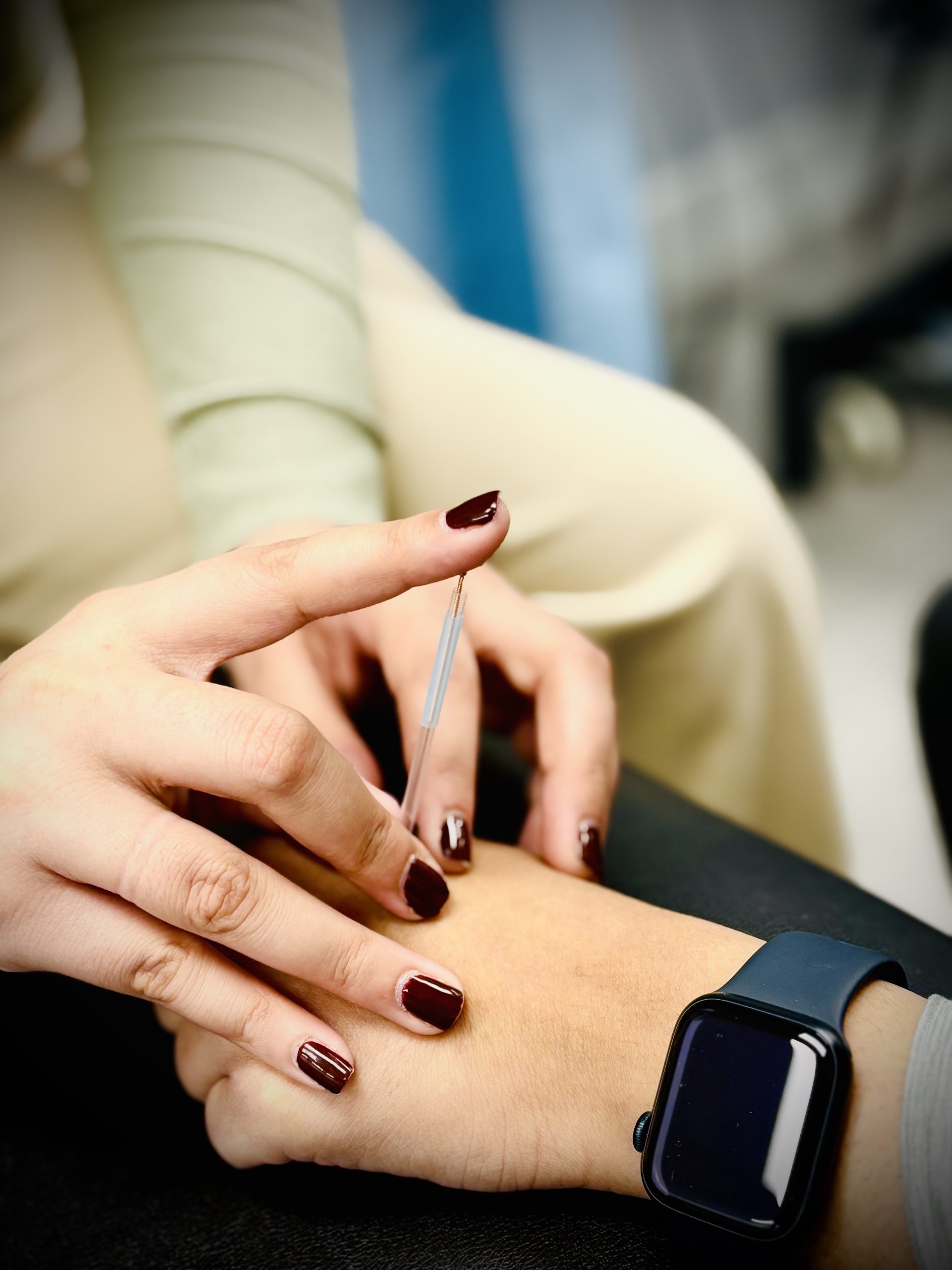
Traditional Acupuncture
Acupuncture is a form of treatment that involves inserting very thin needles

Naturopathic Doctor
Alleviate Physiotherapy has a range of therapies including Naturopathic Medicine at our
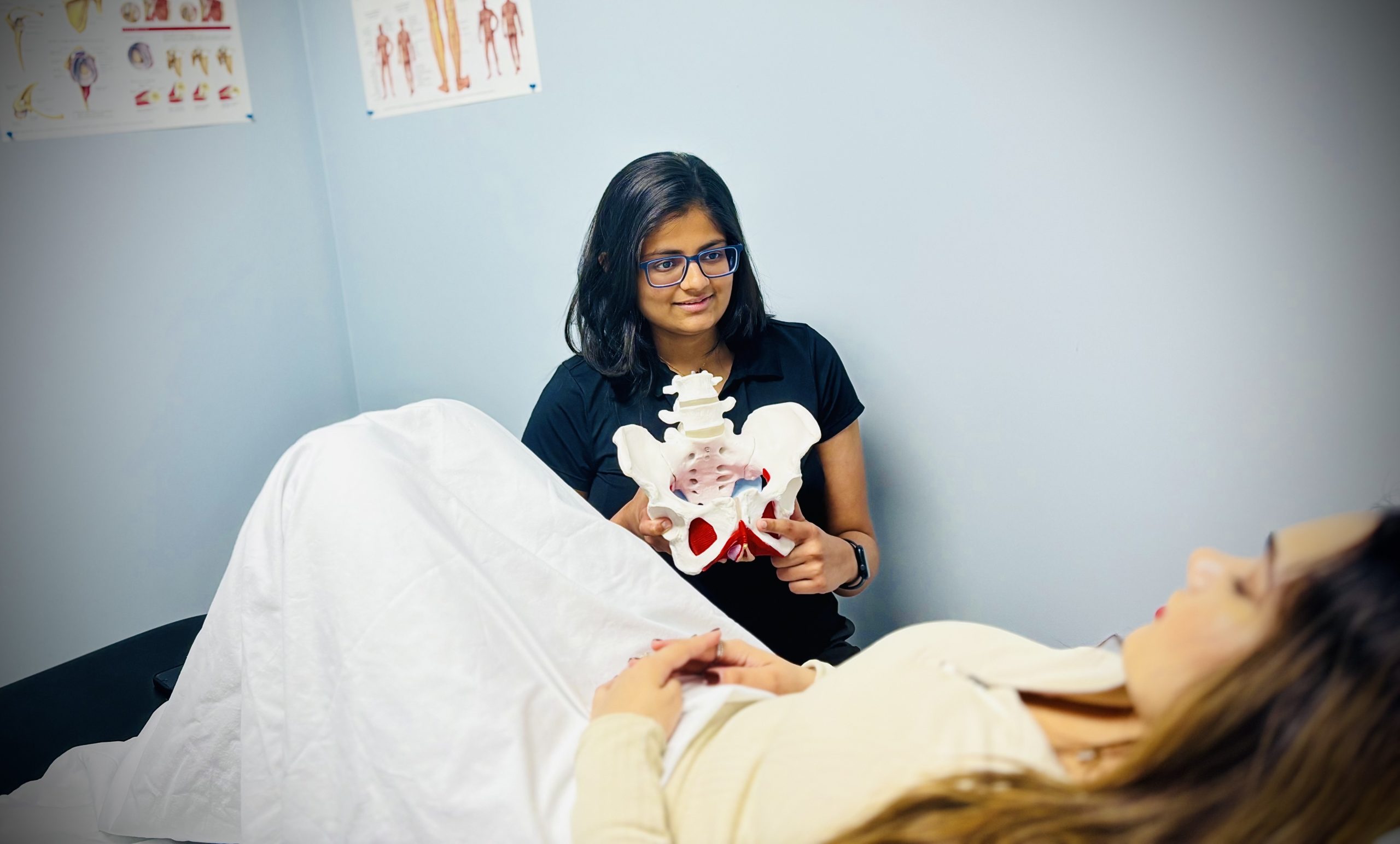
Pelvic Health
Pelvic physiotherapy includes treatments for dysfunctions associated with the pelvic area.

Cardiorespiratory Physiotherapy
Alleviate Physiotherapy has a range of physical therapies including Cardiorespiratory Physiotherapy at
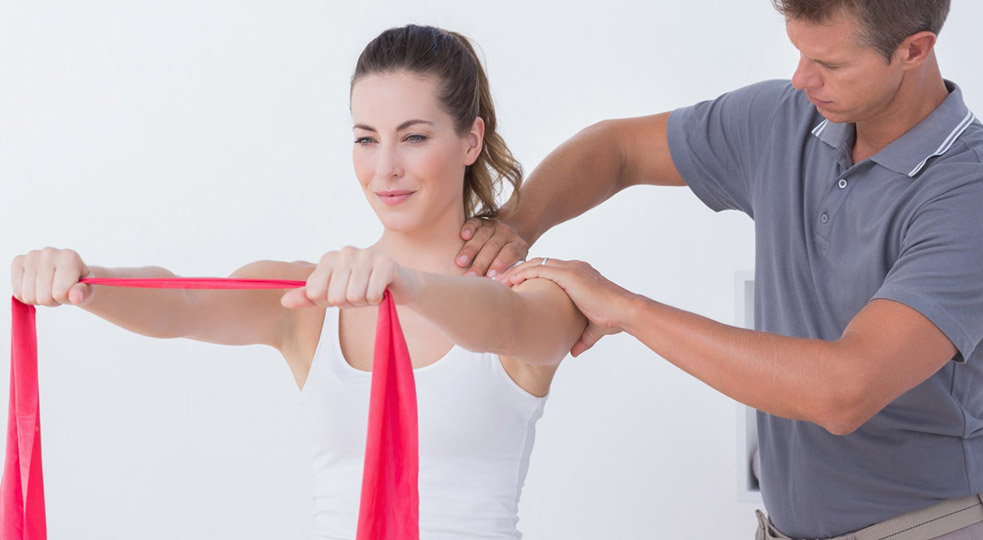
Neuro Physiotherapy
Alleviate Physiotherapy has a range of physical therapies including Neuro Physiotherapy at
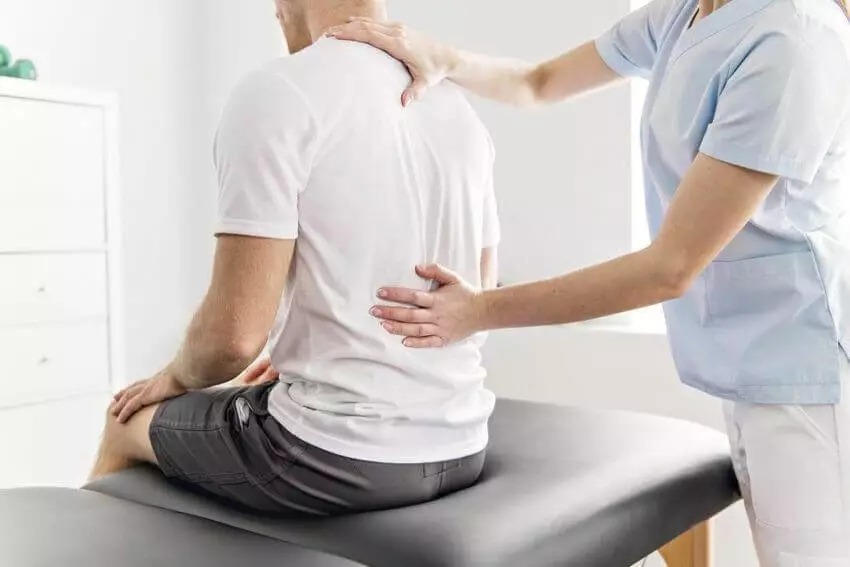
Orthopedic Physiotherapy
Alleviate Physiotherapy has a range of physical therapies including orthopaedic Physiotherapy at
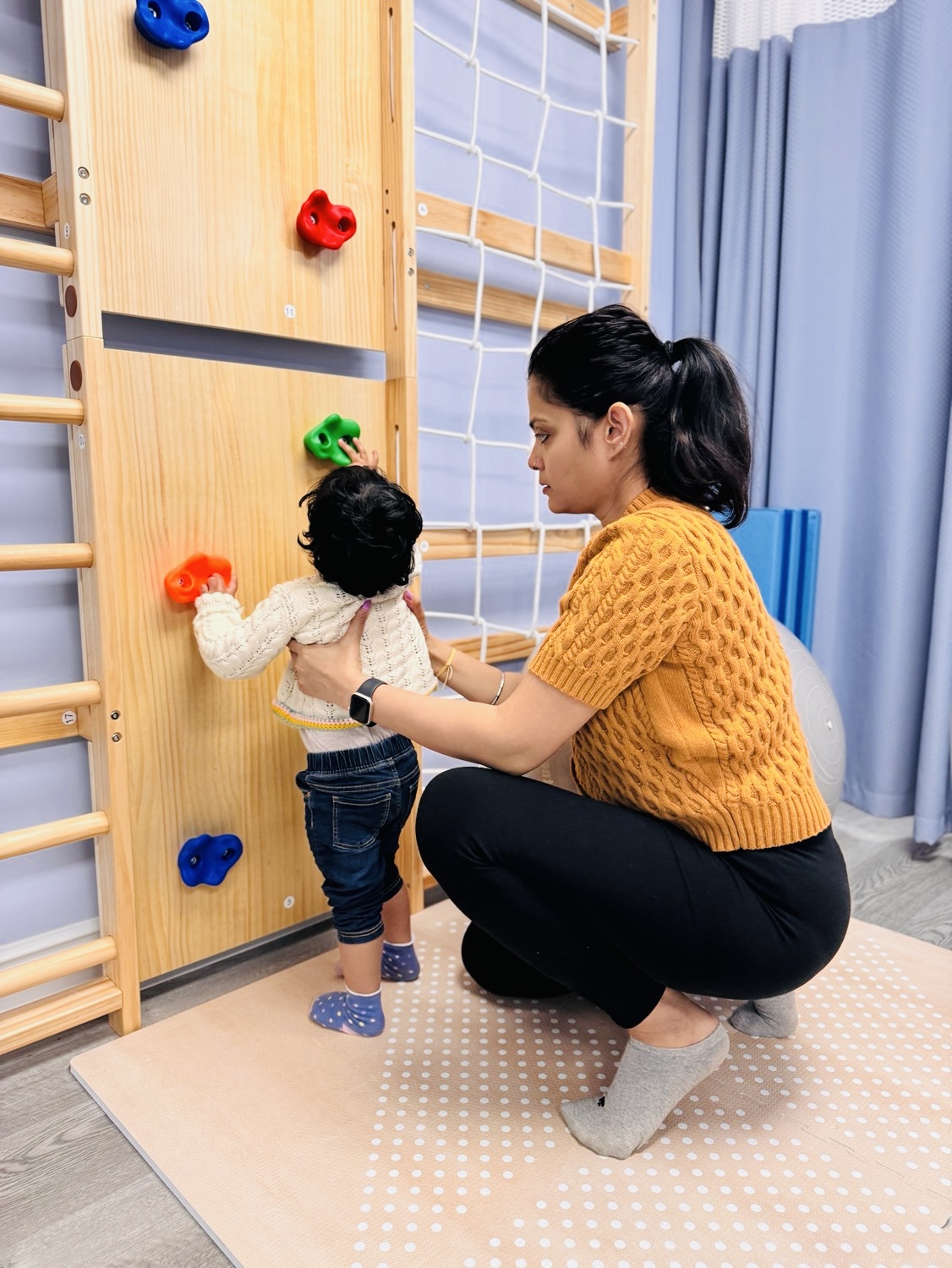
Pediatric Physiotherapy
Alleviate Physiotherapy has a range of physical therapies including Pediatric Physiotherapy at
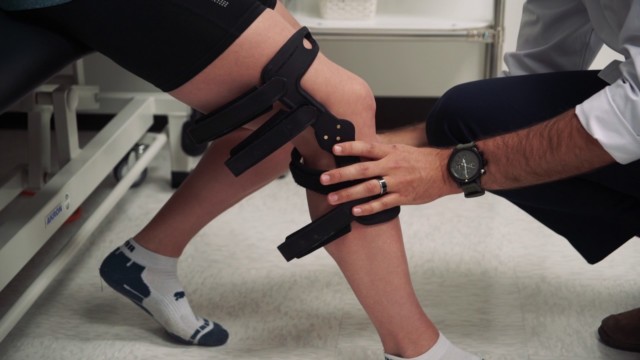
Custom Braces for Rehabilitation
Custom Braces are usually worn while you are performing activities, and exercises
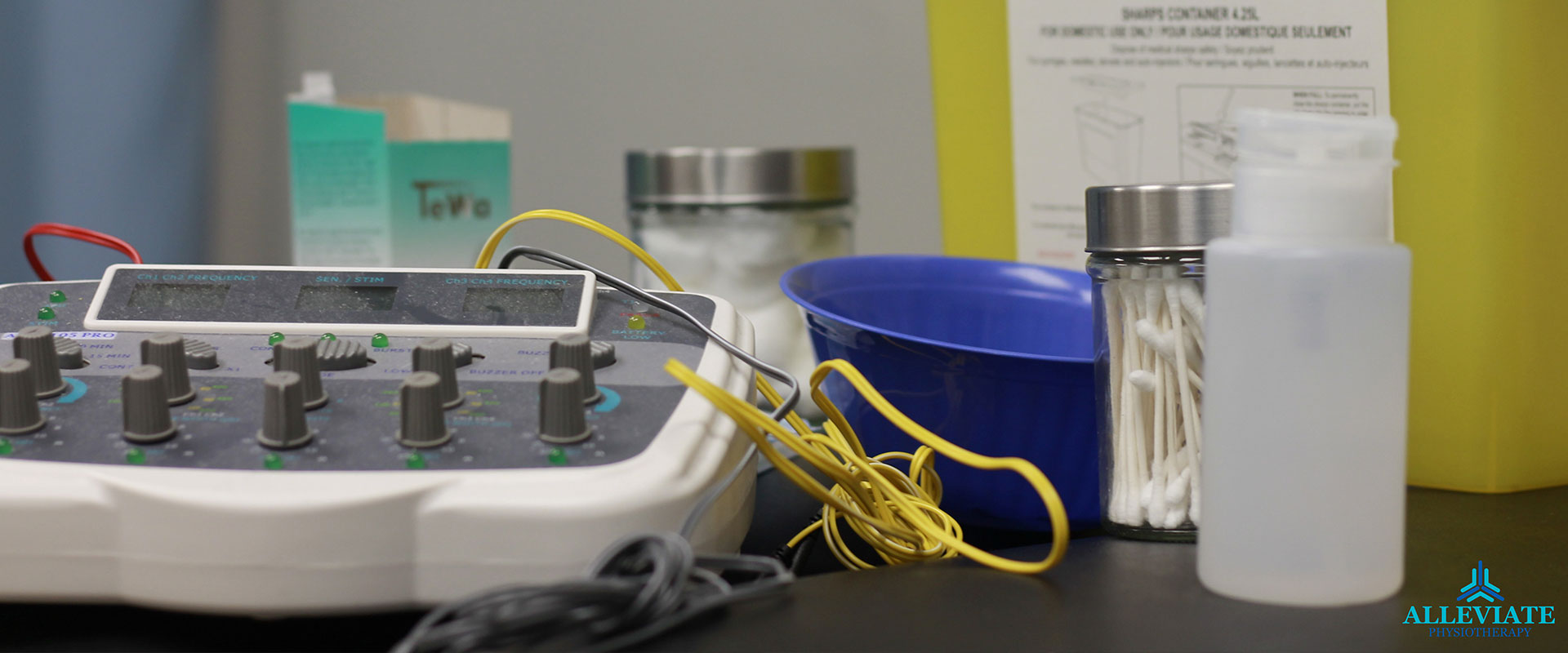
Western Medicine Acupuncture
Acupuncture is a form of treatment that involves inserting very thin needles

